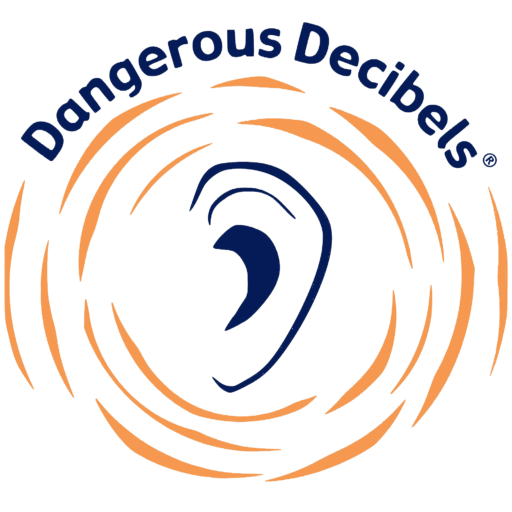Science of Sound: 3. How Sound Travels
The size, shape and materials used in a room will each change how sound travels, which then changes how something sounds in that space. Think of how your own voice sounds in your bedroom at home as compared to how it sounds when you are in a gym or the shower.


